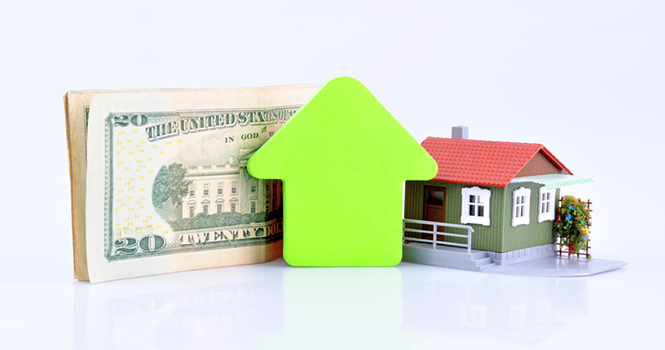Data released for June 2016 shows that home prices continued their rise across the country over the last 12 months.
The S&P CoreLogic Case-Shiller U.S. National Home Price NSA Index, covering all nine U.S. census divisions, reported a 5.1 percent annual gain in June, unchanged from last month. The 10-City Composite posted a 4.3 percent annual increase, down from 4.4 percent the previous month. The 20-City Composite reported a year-over-year gain of 5.1 percent, down from 5.3 percent in May.
Portland, Seattle, and Denver reported the highest year-over-year gains among the 20 cities over each of the last five months. In June, Portland led the way with a 12.6 percent year-over-year price increase, followed by Seattle at 11.0 percent, and Denver with a 9.2 percent increase. Six cities reported greater price increases in the year ending June 2016 versus the year ending May 2016.
Before seasonal adjustment, the National Index posted a month-over-month gain of 1.0 percent while both the 10-City Composite and the 20-City Composite posted a 0.8 percent increase in June. After seasonal adjustment, the National Index recorded a 0.2 percent month-over-month increase, and both the 10-City Composite and 20-City Composite posted 0.1 percent month-over-month decreases. After seasonal adjustment, nine cities saw prices rise, two cities were unchanged, and nine cities experienced negative monthly prices changes.
“Home prices continued to rise across the country led by the west and the south,” says David M. Blitzer, Managing Director and Chairman of the Index Committee at S&P Dow Jones Indices. “In the strongest region, the Pacific Northwest, prices are rising at more than 10 percent; in the slower Northeast, prices are climbing a bit faster than inflation. Nationally, home prices have risen at a consistent 4.8 percent annual pace over the last two years without showing any signs of slowing.
“Overall, residential real estate and housing is in good shape,” he continued. “Sales of existing homes are running at about 5.5 million units annually with inventory levels under five months, indicating a fairly tight market. Sales of new single family homes were at a 654,000 seasonally adjusted annual rate in July, the highest rate since November 2007. Housing starts in July topped an annual rate of 1.2 million units. While the real estate sector and consumer spending are contributing to economic growth, business capital spending continues to show weakness.”
Quicken Loans vice president Bill Banfield offered the following comments on the report:
“The strong home price growth in much of the country, and meteoric rise in the West, is led by a continued lack of homes available for sale. While homeowners welcome rising prices, it could begin to hinder new buyers if affordability comes into question – especially with home prices rising twice the speed of inflation in much of the country.”
For more information, visit www.spglobal.com.











